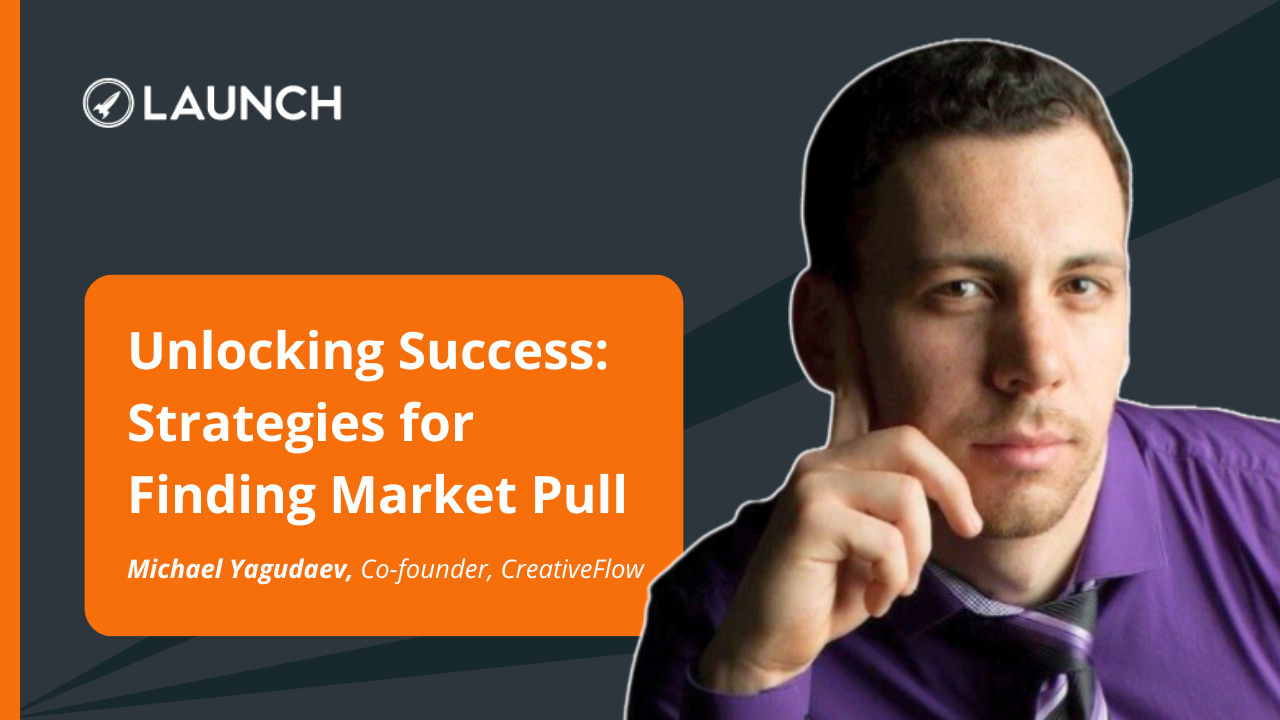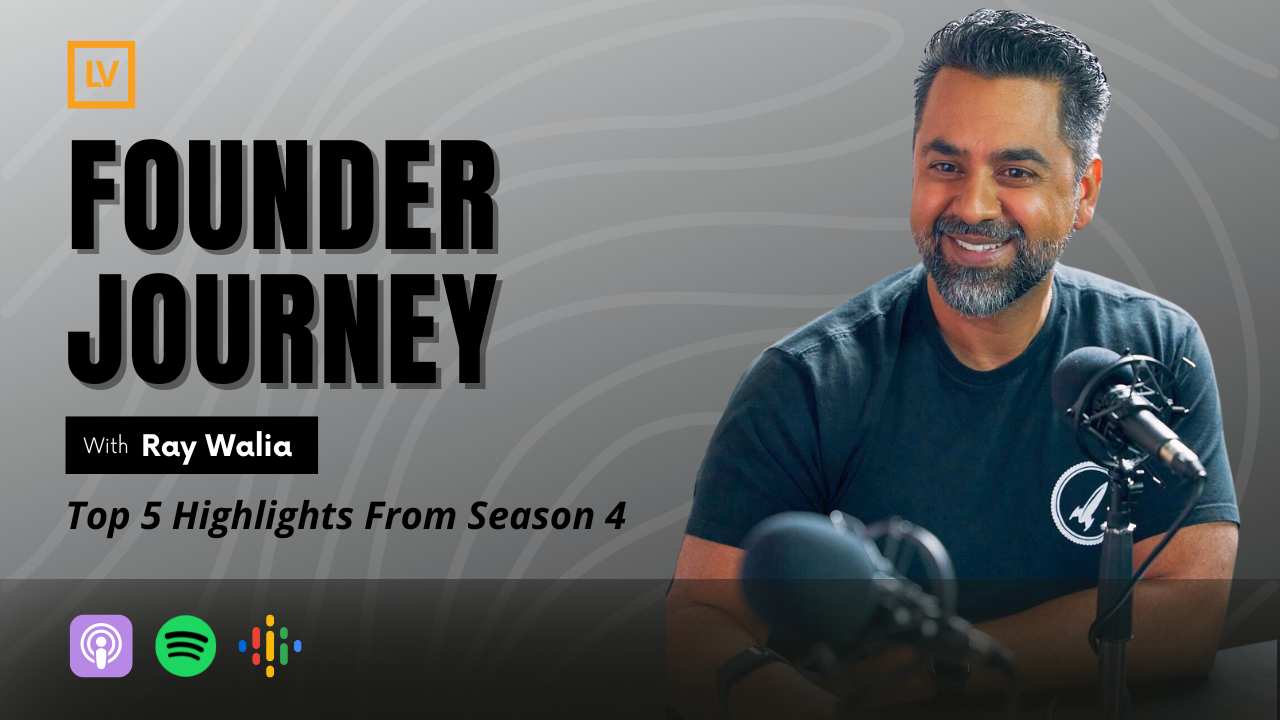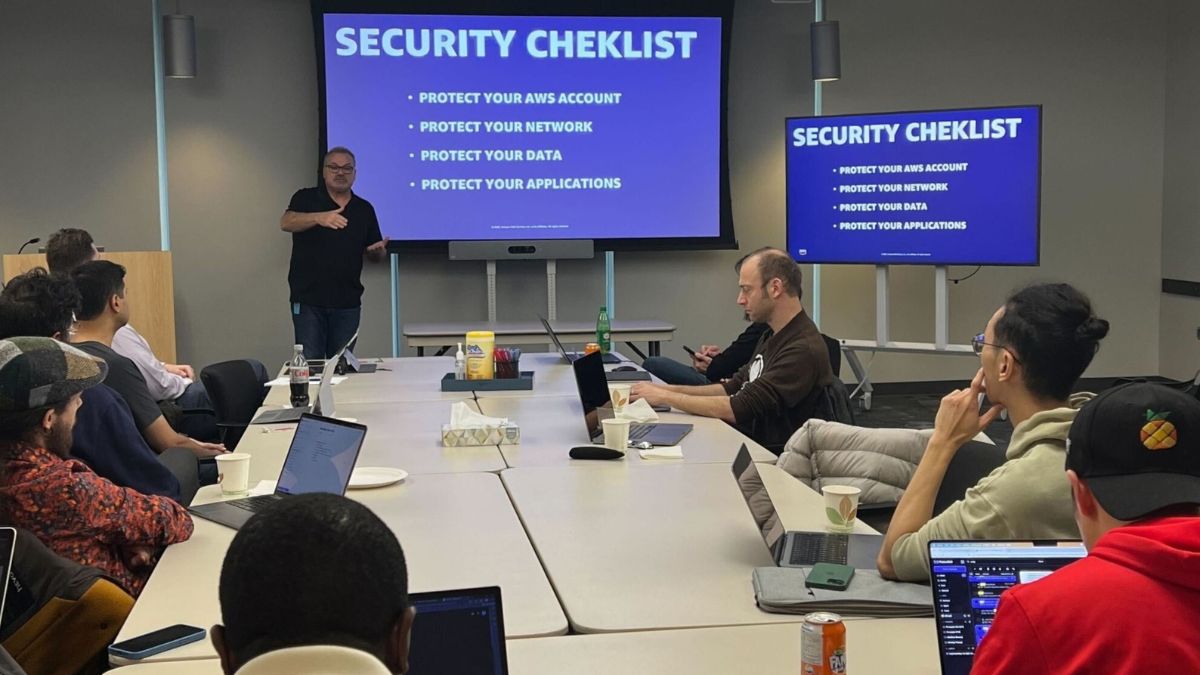Unlocking Success: Strategies for Finding Market Pull
What if you can find product market fit in 5-days instead of 500-days? Michael Yagudaev shares his story and lessons of finding product-market-fit and market demand. An approach you never heard of, but should absolutely try.
In this exclusive member workshop hosted by Sam Chan, VP of programs at Launch, we invited Michael Yagudaev, CEO of CreativeFlow to share his insights and experiences in finding product market fit and market traction for startups.
CreativeFlow helps designers create exceptional animations with AI. From what started with a hackathon to create a way to export animations out of Figma, the company is now nearing 80,000 downloads and $80,000 in annual recurring revenue (ARR) in just 10 months.
So, how did it all start?
Well, as they say, it all starts with an idea.
How To Find Good Ideas for Your Business?
Michael highlighted the three primary approaches to generating startup ideas:
- Audience Approach: Understand your target audience’s needs, preferences, and pain points to identify untapped opportunities for your business.
- Problem Approach: Recognize the challenges and pain points faced by your target audience, as solving real problems forms the foundation of a successful business idea.
- Solution Approach: Craft innovative solutions that directly address the identified problems of your audience, providing value and differentiation in the market.
The amalgamation of these three approaches is where you find Product Market Fit which is absolutely crucial for a successful venture. “It doesn’t really matter where you start, you’d still have to have all three things in there, you have product market fit,” said Michael.
How To Validate the Idea & Demand?
Once you have nailed down on your top idea, the next step is to find evidence for demand. Citing their own example at creativeflow.ai, where Michael’s team were looking to validate their idea of generating a tool to ‘export figma files as a gif or a video’ they used the ‘sales safari’ technique to validate their idea.
Sales Safari Technique
The Sales Safari Technique is a research method used to understand the pain points, language, and needs of your potential customers or target audience. It involves closely observing and participating in online communities, forums, social media groups, and other places where your audience discusses topics related to the problems your product or service aims to solve.
- Identify Relevant Communities: Find online platforms and communities where your target audience frequently discusses their issues and challenges. This could include industry-specific forums, subreddits, LinkedIn groups, or Facebook communities.
- Listen and Observe: Spend time actively reading and observing the discussions within these online spaces. Pay attention to the language and terminology people use, the problems they’re facing, and the solutions they recommend or seek.
- Track Insights: Document common pain points, questions, and any patterns or recurring themes you notice. Be diligent about tracking these insights.
- Engage Sparingly: While primarily an observational technique, you can also engage in conversations to ask clarifying questions or gain deeper insights. However, the goal is not to promote your product or service directly but to learn from your audience.
- Analyze the Data: Review your notes and collected information. Look for trends, recurring issues, and language that your potential customers use. This data will inform your product development, marketing strategy, and messaging.
This technique can be incredibly valuable in helping you tailor your product to your audience’s needs and craft marketing messages that resonate with them. This method that allows you to gather authentic, unfiltered insights directly from your target market, making it an essential tool for entrepreneurs and businesses looking to better understand and serve their customers.
Setting Up Experiments
To prove demand, it’s crucial to set up experiments. Michael shared his experience of starting small with a two-day hackathon focused on building a minimal version of their product – exporting a Figma design as a gif or a video. Once they had their MVP built, they posted it on social media which gained significant attention with people actively seeking them out.
By testing it on social media, Michael realized they had a valuable product on their hands.
As a word of caution, Michael explained “It won’t always blow up. Sometimes people won’t care at all on social media, but it gives you a signal to if you want to continue building your product or not.”
Monetization and Pricing
Acting quickly on the social media attention, Michael provided them with a link to Gumroad and opted to allow customers to pay as they wished. To his surprise and delight, they began making payments ranging from $1 to $15. Subsequently, the product was officially launched. Following the initial reviews, they introduced a $9 per month pricing plan, resulting in consistent growth and an annual revenue of $75,000.
Creativeflow,ai’s pricing strategy evolved from a “pay what you want” model for their product. It’s essential to consider what the market is willing to pay and make pricing decisions based on the perceived value of your product.
Michael advised that it is important to consider your business – especially SaaS, as a global enterprise. Highlighting the use of platforms that support various payment methods and multiple currencies in order to serve a geographically diverse customer database.
Michael’s journey, from idea generation to product validation, offers practical lessons for aspiring entrepreneurs. Understanding your audience, validating demand, setting up experiments, and evolving pricing strategies are crucial aspects of building a successful startup.
Unlock more exclusive content, workshops, webinars, networking events; access to our network of investors, partners, founders, mentors, and resources by joining our Launch community with LaunchPad.
About Michael Yagudaev

Michael Yagudaev is the CEO/co-founder of CreativeFlow, helping designers create exceptional animations with AI. From what started with a hackathon to create a way to export animations out of Figma, the company is now nearing 80,000 downloads and $80,000 in annual recurring revenue (ARR) in just 10 months.
Michael has been in the startup community since 2012, worked for a few local startups like Skylab, Klue, Ollie Order (sold) and Lighthouse and has recently joined Launch as a pilot. Find Michael on LinkedIn.





![Your Complete Guide to Canada’s Startup Visa [Updated 2024]](https://www.launchacademy.ca/wp-content/uploads/2023/09/Canadas-Startup-Visa.png)

